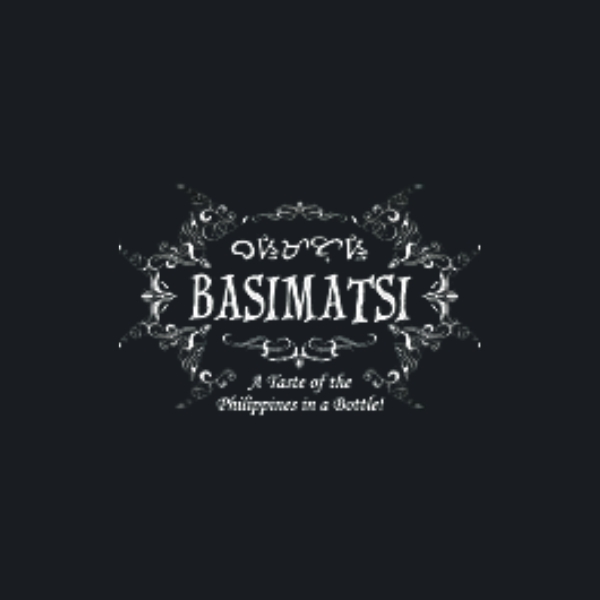Explore the bizarre and addictive world of Italian Brainrot, a viral AI-driven meme trend that blends absurd characters, fake Italian accents, and chaotic humor into Gen Z’s favorite form of digital escapism in 2025.
In a digital era dominated by overstimulation, irony, and meme-fueled humor, one viral phenomenon has risen above the noise with its chaotic charm: Italian Brainrot.
Equal parts bizarre and hilarious, this internet trend blends AI-generated visuals, cartoonish pseudo-Italian accents, and nonsensical storytelling into a cultural cocktail that’s equal parts disturbing and delightful.
From social media feeds to the crypto marketplace, Italian Brainrot has become a defining artifact of Gen Z’s online experience in 2025. But how did we get here, and why can’t we look away?
What Is Italian Brainrot?
At its core, Italian Brainrot is a surreal, AI-driven meme trend that exploded on platforms like TikTok and Instagram in early 2025. The term “brainrot” refers to the mental fog or sensory overload caused by endless consumption of mindless internet content.
The Italian flavor comes from the exaggerated faux-Italian voices, rhyming names, and absurd character designs that give the trend its uniquely chaotic aesthetic.
Italian Brainrot fuses several elements:
1. AI-generated hybrid characters, often mashing animals with objects or food.
2. Ridiculous names mimicking Italian phonetics (e.g., Tralalero Tralala, Chimpanzini Bananini).
3. Over-the-top narration using male text-to-speech voices with a fake Italian accent.
4. Post-ironic humor, where the absurdity is the point.
5. Psychedelic, glitchy animations that overwhelm the senses.
In other words, it’s digital brain candy—utterly nonsensical and wildly addictive.
Origins: From Meme to Movement
The trend first surfaced on TikTok around January 2025, but quickly snowballed into a global phenomenon. Hashtags like #ItalianBrainrot now accompany tens of thousands of videos, and some clips have reached millions of views.
Freddy Tran Nager, a professor of communications at USC, dubbed Italian Brainrot the “I Can Has Cheezburger of the AI generation,” referring to the famous early-2000s meme featuring grammatically challenged cats.
Just like its feline predecessors, Italian Brainrot is a form of absurdist escapism, an outlet for a generation bombarded by bad news, job insecurity, and societal pressure.
Meet the Mascots of Madness
Italian Brainrot wouldn’t be what it is without its iconic cast of surreal, AI-generated characters. These digital monstrosities defy logic, biology, and sometimes taste—but they’ve captured the internet’s imagination. Here are some of the trend’s most beloved (and bewildering) stars:
1. Tralalero Tralala: A three-legged shark in blue Nike sneakers, often seen mid-dance. The OG icon of Brainrot absurdity.
2. Chimpanzini Bananini: Half monkey, half banana, and all chaos. A goofy sidekick whose expressions and antics never make sense.
3. Tung Tung Tung Sahur: A log with hauntingly large eyes and a baseball bat. His name is chanted like a bizarre prayer, and he’s oddly hypnotic.
4. Bombardiro Crocodilo: A crocodile fused with a bomber jet. Wears a tutu. Symbolizes chaotic masculinity—Italian Brainrot-style.
5. Lirilì Larilà: An elephant-cactus hybrid in giant sandals. Massive, bizarre, yet strangely comforting.
6. Ballerina Cappuccina: A cappuccino cup in a tutu. Graceful yet absurd, she dances through the digital void with caffeinated flair.
7. And the list goes on: Shpioniro Golubiro (spy pigeon); Tripi Tripo (nonsense incarnate); Bombombini Gusini (a mystery hybrid); Capuccino Assassino (a deadly espresso); La Vaca Saturno Saturnita (cosmic cow); Bobrito Bandito (burrito bandit); Hipocactus (hippo-cactus hybrid); and many more.
Each character adds to a sprawling, fan-built mythology full of quizzes, fan fiction, and even love stories between characters.
The AI Element: Why It Works
Italian Brainrot thrives because of its AI-generated visuals. Neural networks create uncanny, twisted images that feel just off enough to be funny—or unsettling. Combine that with glitchy editing, warbled opera soundtracks, and TikTok filters, and you’ve got content that commands attention even as it makes no sense.
Voiceovers are key. Characters speak (or scream) in mangled Italian-English gibberish using male text-to-speech filters, adding to the meme’s absurdity. It’s surreal, overstimulating, and strangely captivating—like watching a Looney Tunes episode on acid.
From TikTok to Token: The ROT Meme Coin
Of course, the crypto world jumped on board.
In May 2024, the Brainrot (ROT) meme coin launched on the Solana blockchain, capitalizing on the viral momentum.
Unlike traditional crypto tokens, ROT is a parody of value itself. It celebrates “vibes over valuation”, with no whitepaper, roadmap, or use case beyond being a digital homage to absurdity.
ROT all-time high: November 2024
1. Current value: ~$0.00029
2. Market cap: ~$295,000
3. Available on: Raydium and other Solana DEXs
ROT doesn’t promise revolution. Instead, it reflects digital absurdity—turning memes into currency, content into coin.
Why Is Italian Brainrot So Addictive?
The secret sauce of Italian Brainrot lies in its ability to overwhelm and amuse at the same time.
1. Post-ironic humor: It’s funny because it’s not trying to be.
2. Short-form appeal: Easily digestible and perfect for TikTok or Instagram scrolls.
3. AI weirdness: The uncanny valley makes it mesmerizing.
4. Cultural crossover: The meme has gone global, with variants popping up in Mexico, Indonesia, France, and Germany.
5. Community engagement: Fans create new characters, remix videos, and build a lore-filled digital world.
Controversy: Not Everyone’s Laughing
Despite the humor, the trend has not been without criticism. Some teachers have banned Brainrot content in schools due to class disruptions.
More seriously, characters like Tralalero Tralala have sparked outrage for unintentionally combining culturally sensitive words like “Allah” and “porco” (Italian for pig), offending members of the Muslim community.
As with Pepe the Frog—an innocent meme later co-opted by hate groups—Italian Brainrot carries the risk of being hijacked or misinterpreted as it spreads.
Conclusion: A Meme for the Moment
Italian Brainrot is a perfect encapsulation of internet culture in 2025: loud, chaotic, AI-infused, and post-logical. It doesn’t try to make sense—it thrives on nonsense. And in an age of nonstop media consumption, that might be exactly what makes it work.
It’s escapist, it’s irreverent, and it’s deeply weird. Whether you find it genius or gibberish, Italian Brainrot has tapped into the collective brain of a generation—and left its mark.
And as Ballerina Cappuccina pirouettes through another meme cycle, one thing’s for sure: the brainrot isn’t stopping anytime soon.
Note: the main picture in cover is from Fortnite.













